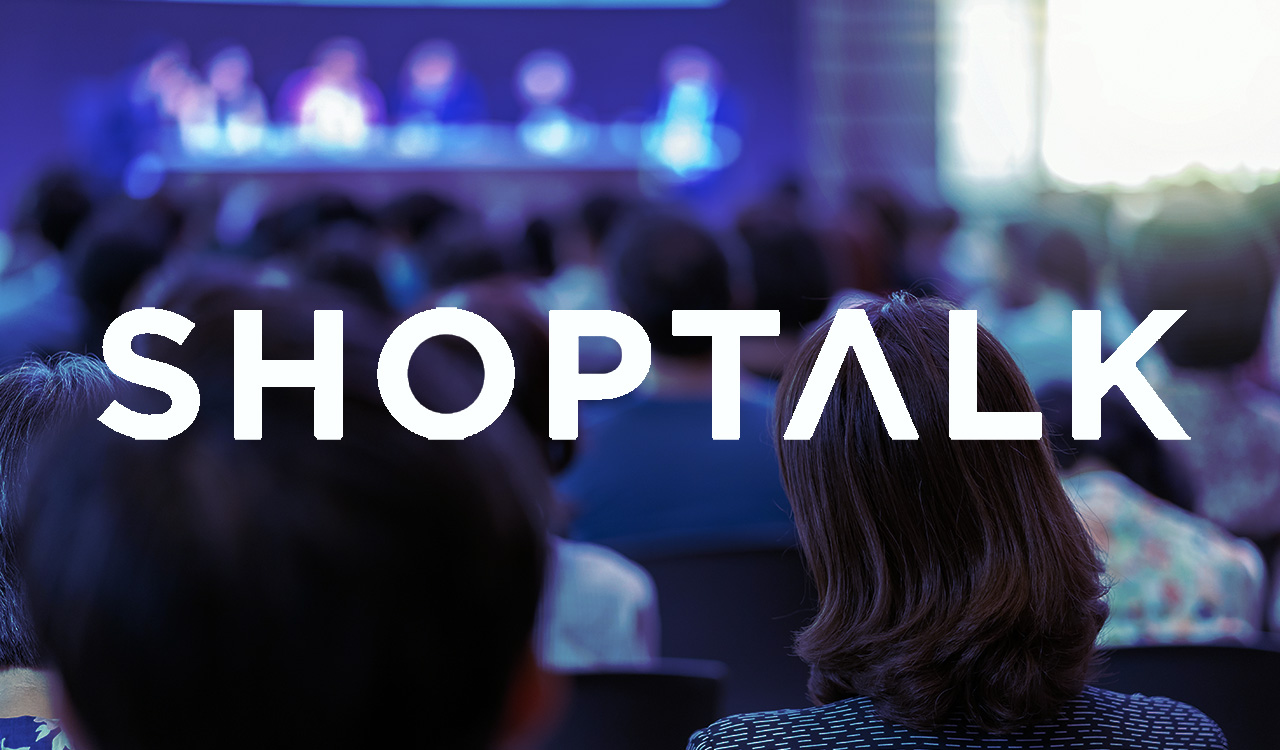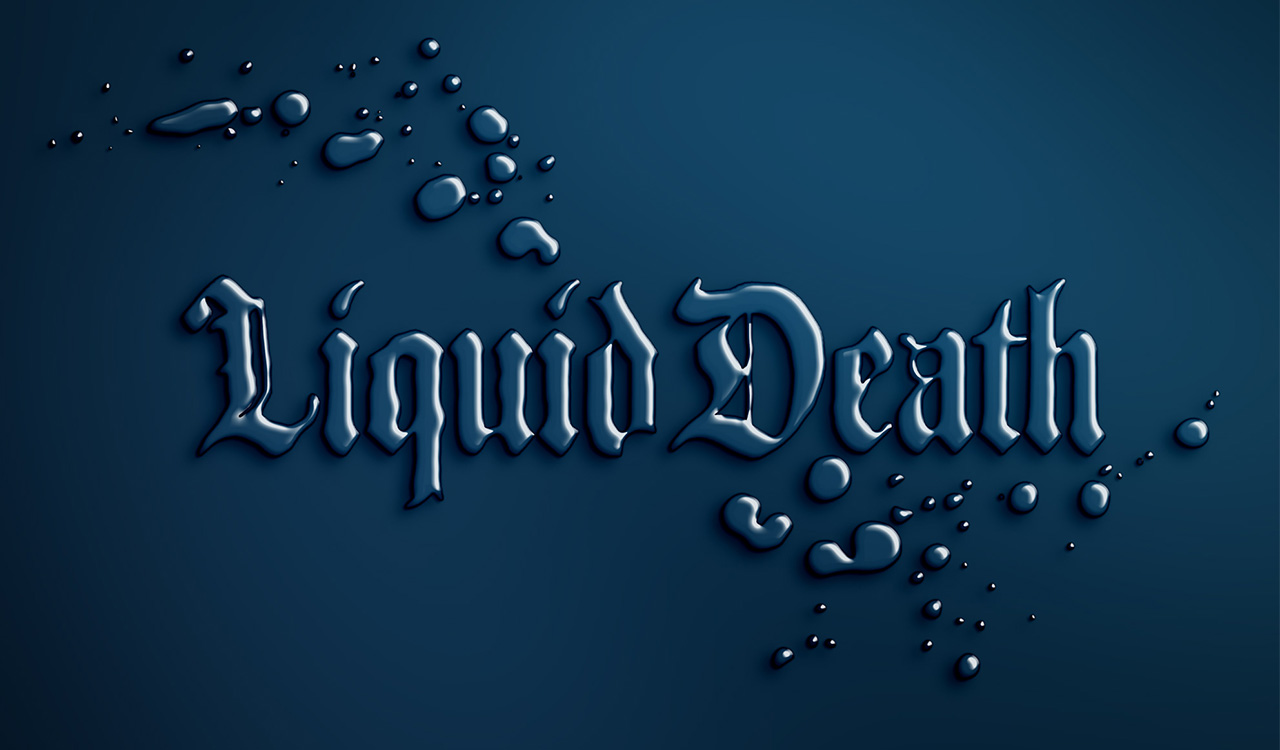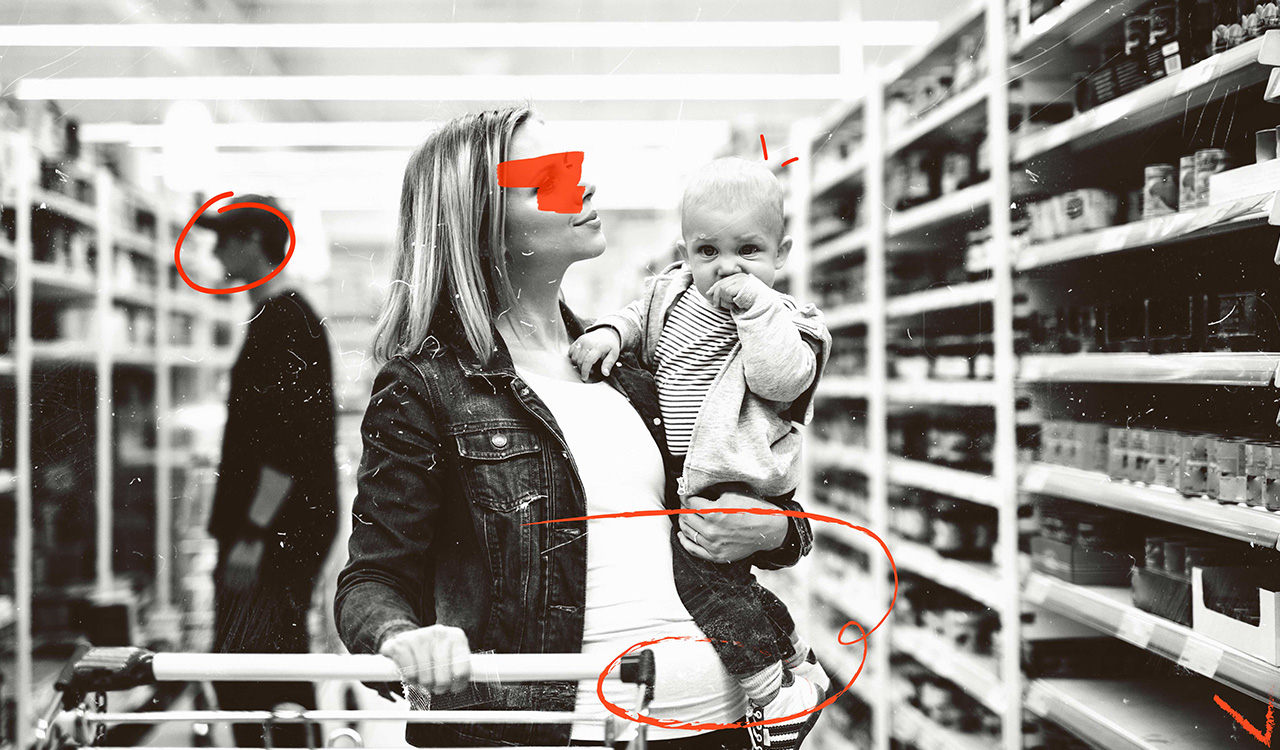The world may be \”closed\” but that doesn\’t mean you can afford to close your eyes on the fundamentals. According to Erica Sweeney, reported in Marketing Dive, even back in 2019 (a lifetime ago), a Havas\’ Meaningful Brands report showed that 77 percent of brands could disappear, and no one would care.
Let\’s not forget that messages and actions are being judged now by both employees and consumers and will determine your chances of survival. In the multitude of hard decisions that require immediate response, with an extremely foggy future, how can you strengthen your brand\’s building blocks and survive, let alone thrive? By now executives have a much better appreciation of the current status of the balance sheet and true nimbleness of the organization, but it\’s not just about cash flow, it\’s also about promise.
OD on COVID-19 Coverage
Our inboxes and feeds are overrun with COVID-19 – from our employer, favorite retailers, vendors, newsletters, random \”we are with you\” messages and family and friends checking in. Chances are they are coming from places you forgot long ago and most of their messages seem like intrusions. Or worse, it is obvious the advertisement/promotion/message presents a now-foreign, pre-pandemic world, and its inappropriateness is jarring-even offensive. Working from home you have likely fallen down the click-thru rabbit hole: hours spent uncovering arcane information and pursuing threads that have no relevance other than a much-needed distraction. How many of those rabbit holes are spent visiting your own website and social media? With everyone grappling with uncertainty and trying to define a new normal, how important is x% off? Particularly when you have nowhere to wear anything new and trendy.
[callout] With everyone grappling with uncertainty and trying to define a new normal, how important is x% off? Particularly when you have nowhere to wear anything new and trendy.[/callout]
Long-Term Brand Promise
Whether B2B or B2C, grounded in consumer products or services, your company is, in fact, a brand. A brand by definition is a promise. A promise that strives to have a permanent place in the consumer\’s life yet today usually warrants only fleeting consideration by its owners. Now more than ever, the representation of that promise can be either powerful or compromising. Relevant touchpoints are critical and building a sense of togetherness for those in affinity groups is essential for future viability.
Your long-term strategic plan was based on pre-pandemic market and consumer trends. It is suddenly off target or worse, obsolete. Trends such as personalization, well-being, connectiveness and re-commerce will likely re-emerge once this is past, perhaps replacing attributes that no longer apply. There will still be a macro environment governed by artificial intelligence, digital everything and data-driven efficiencies in order to align the consumer with your promise. But right now, people are grasping for certainty, the knowable, the truth. If that can be enhanced by digital strategies, all the better.
Today the focus is on short-term survival, but those who will thrive in the post-pandemic world are also checking their vitals for long-term viability. I once spoke with leaders of an apparel company whose brand essence was \”community.\” When I pointed out that their key competitor also had the same definition, they could not cite their point of differentiation or articulate a unique selling proposition. What were they promising consumers that no one else would-or could? Why did they care? Prior to the pandemic, authenticity was valued. Post-pandemic it will be table stakes. How can you be authentic when your definition is the same as everyone else\’s and your promise is perceived as unclear, understated or simply meaningless? Now is the time for immediate reassessment to close potential gaps and shortcomings.
Back to Basics
Let\’s take stock and get back to basics: Marketing 101. Who are your customers, what do they value, how are you communicating with them and what are you promising? The four P\’s of marketing –Product, Price, Place, Promotion – has become the 7 P\’s, adding People, Performance and Process. No matter how you look at it, the entire brand marketing mix needs realignment around the 8th and most important P: Promise. And for a promise to be valid it must be consistent and thread through the entire organization.
You can\’t get it wrong in this current upside-down marketplace. Your response today, and the timing of that response, will have long-term effects. When COVID-19 initially hit, Adidas CEO Kasper Rorsted kept stores open \”because we have to pay our monthly bills and salaries,\” only to reverse the decision within 24 hours stating that \”health is what matters most,\” due to customer and employee backlash.
Many retailers are paying employees during the closures, yet others immediately are laying off and forcing employees to go on Cobra. What many may not realize is that it is the employer who is usually on the hook for those benefits: it may be more economical to pay the employee rather than lay them off. Yet consumer and employee perception should not be discounted: how is a poorly treated employee today going to represent the brand tomorrow? How will the clients/consumers feel if they perceive the employer as heartless or cruel?
The nimble companies are evident and are immediately changing their messaging. Coors stopped the launch of the \”Official Beer of Working Remotely\” ads to not appear insensitive to the fact that most of us are forced to work remotely. Others such as Hershey and KFC are stopping messages that contradicted social distancing practices. Yet some local advertisements promote stores that are closed and services that cannot not be delivered.
Small businesses may not have the tools to pivot quickly [an opportunity for entrepreneurial assistance?], yet speed is essential. Think of some marketing messages that resonate right now: MM LaFleur\’s emails offering click-thru\’s depending on your mood; automakers offering comfort and solidarity — Chevy\’s free On-Star and Wi-Fi, Jeep \”helping you drive forward,\” Toyota is \”here for you, we are family\” — and modified logos from Chiquita and Coke celebrating social distancing.
The retail landscape is littered with brand carcasses that failed due to lack of differentiation, relevance, poor management and adaptation to a new normal: Gump\’s, Barney\’s, Forever 21, Payless, Diesel, Roberto Cavalli, Avenue, etc. And there are many others who are likely to fall due to heavy debt load in addition to strategic missteps. Ultimately, short term liquidity and survival tactics must be balanced with long term viability.
Now is a time for empathy and understanding. We will most certainly weather the storm, but only the worthwhile brand promises will survive.



